The U.S. Navy is set to demonstrate the ability to fire an AGM-88G Advanced Anti-Radiation Guided Missile Extended Range, or AARGM-ER, from a ground-based launcher this year. The missile’s manufacturer, Northrop Grumman, has been pitching surface-launch options for the weapon, and derivatives thereof, for years now. The Navy is also exploring adding the AGM-88G to the already expanding arsenal for the P-8A Poseidon maritime patrol plane.
U.S. Navy Capt. Alex Dutko, Program Manager for Naval Air Systems Command’s (NAVAIR) Direct and Time Sensitive Strike office, or PMA-242, provided the AARGM-ER updates to The War Zone and reporters during a virtual press briefing on February 15. The briefing was held to give a general overview of the AARGM-ER program ahead of this year’s Avalon airshow in Australia, which kicks off at the end of the month.
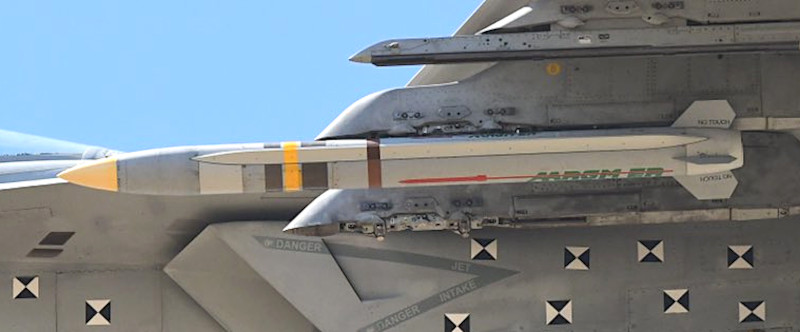
Dutko explained that the Navy used funds it received in the 2022 Fiscal Year to award a contract to Northrop Grumman “to evaluate the feasibility of a ground launch configuration” for AARGM-ER. This effort will “ultimately [be] culminating with a demonstration here in the next several months.”
The AGM-88G, which was designed initially as an air-launched weapon, is the newest model in the AGM-88 series. It, like its predecessors, is primarily intended to be used to zero in on enemy signal emitters, particularly air defense radars tied to surface-to-air missile systems, and neutralize them.
Though variants of this missile have been in service for decades now, the AGM-88 family has gained significant new international recognition through its use by the Ukrainian Air Force over the past year or so. A U.S.-backed crash program helped integrate older models of the weapon, also known as High-speed Anti-Radiation Missiles (HARM), onto that country’s Soviet-era MiG-29 Fulcrum and Su-27 Flanker fighter jets.
The AGM-88G is directly derived from the preceding AGM-88E AARGM variant, and leverages components thereof, but is dramatically different externally and internally. AARGM-ER has a new rocket motor and warhead and moves all of its control surfaces to the tail, giving it a much sleeker overall look. The missile’s form factor was heavily influenced by a requirement for it to be able to fit inside the internal weapon bays on the F-35A and F-35C Joint Strike fighters.
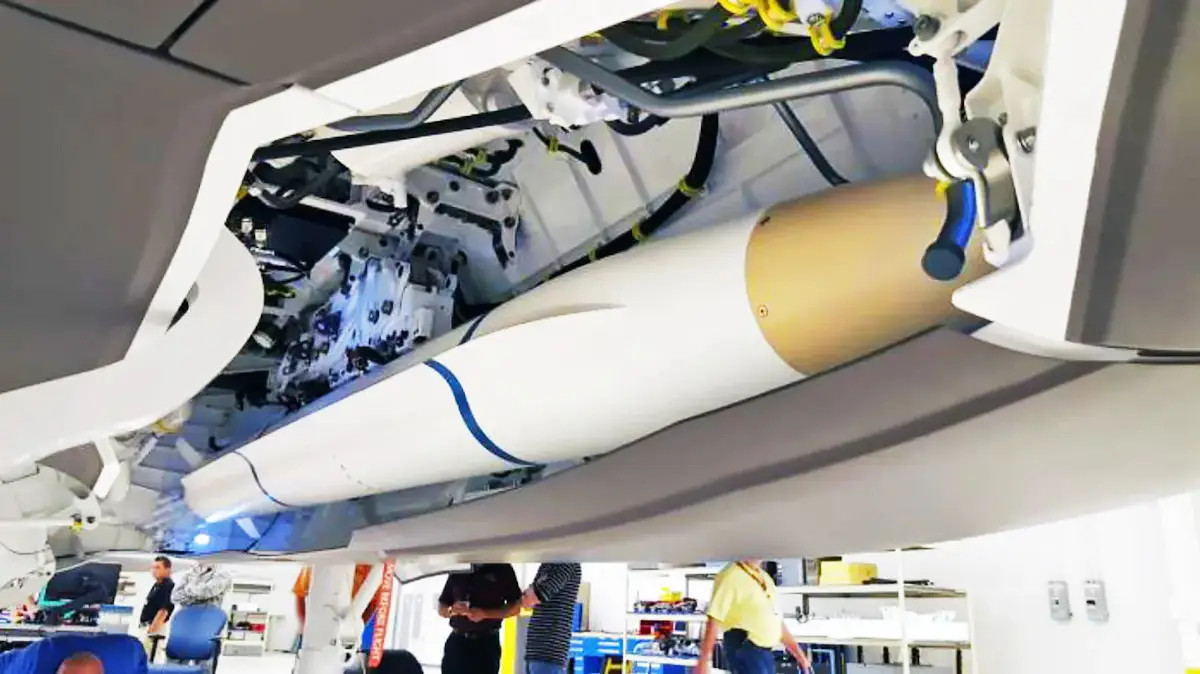
The AGM-88G is designed to be significantly faster and to have a much greater range than the AGM-88E, though specific details about its performance are classified, as you can read more about here. The Navy and Northrop Grumman have now disclosed that the AGM-88G is 160 inches long, 11.5 inches at its widest, and weighs 1,030 pounds. This makes the AARGM-ER 235 pounds heavier than the AARGM and an inch and a half wider than the older missile’s central body, but also interestingly four inches shorter than its predecessor.
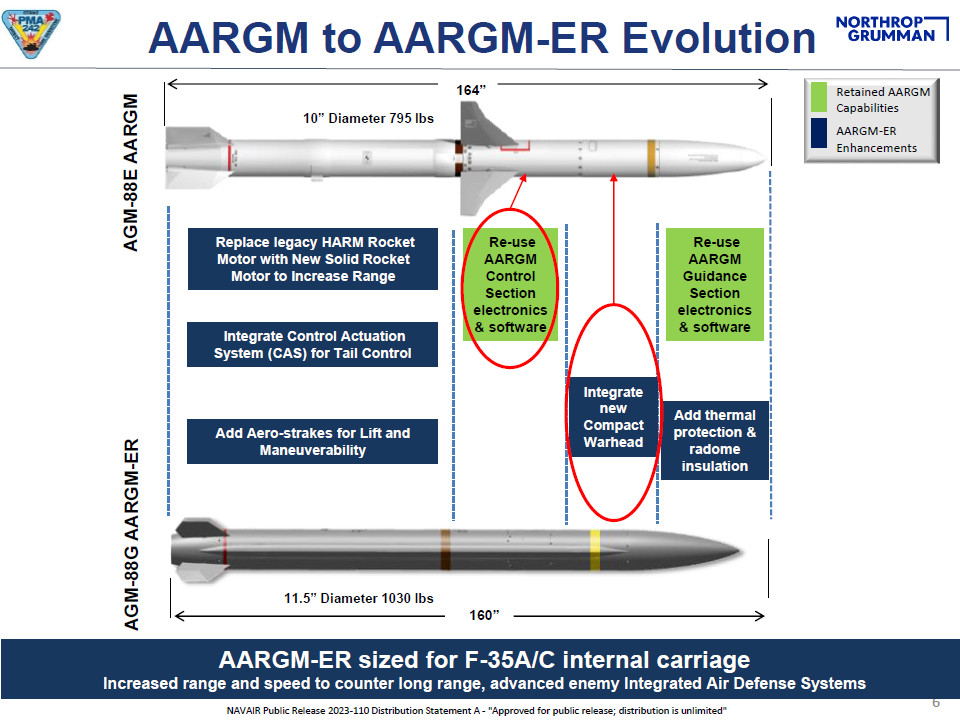
AARGM-ER does retain AARGM’s guidance and flight control systems. AARGM’s networked multi-mode guidance system had already offered a major leap in capability over older AGM-88s. The complete guidance package first uses a GPS-assisted inertial navigation system (INS) to get the missile to the general target area. It then switches over to a millimeter-wave radar seeker, which allows the weapon to home in on target emitters even if they shut down.
The guidance system also gives AARGM and now AARGM-ER a secondary general air-to-surface strike capability, including against ships and targets ashore. Coupled with the AGM-88G’s increased speed and range, this multi-mode capability could make the new missile a highly prized tool for engaging time-sensitive and otherwise fleeing targets from standoff ranges more generally.

It’s unclear what changes, if any, might be necessary to fire AARGM-ER from a ground-based launcher. This could also depend on the nature of the launcher itself. Currently, “there is no specific launch mechanism that we’ve identified or are targeting,” Capt. Dutko said.
This makes it unclear how the ground-launched demonstration might be carried out. In 2018, Northrop Grumman displayed a model of a containerized launcher for AARGM-ER, which The War Zone was the first to report on. The Navy’s new Mk 70 Mod 1 Expeditionary Launcher, a containerized derivative of the Mk 41 Vertical Launch System (VLS) that is used on various U.S. and foreign warships, could be another potential option. Another possibility would be to just launch the missile from the ground using a test fixture of some kind.
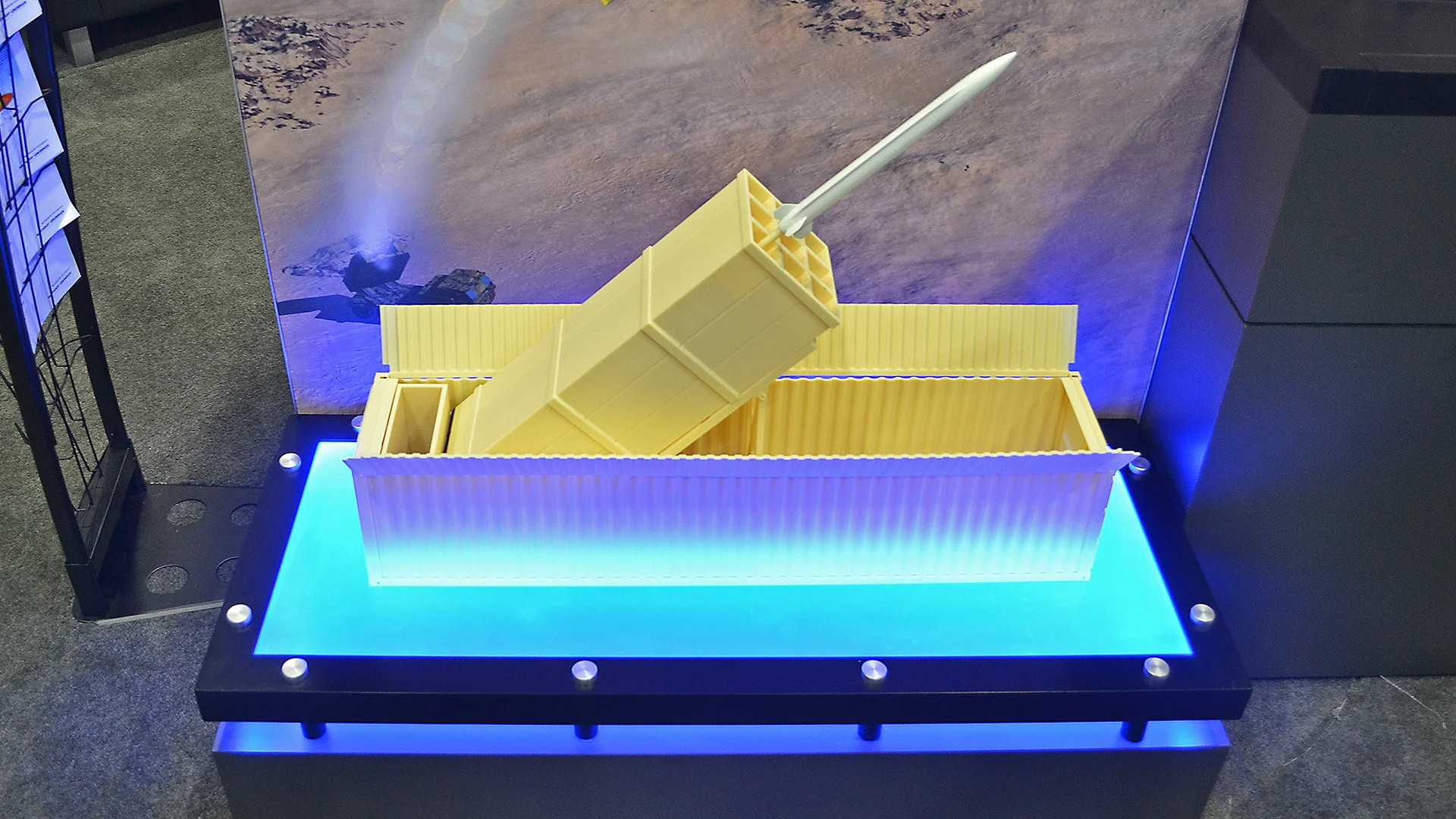
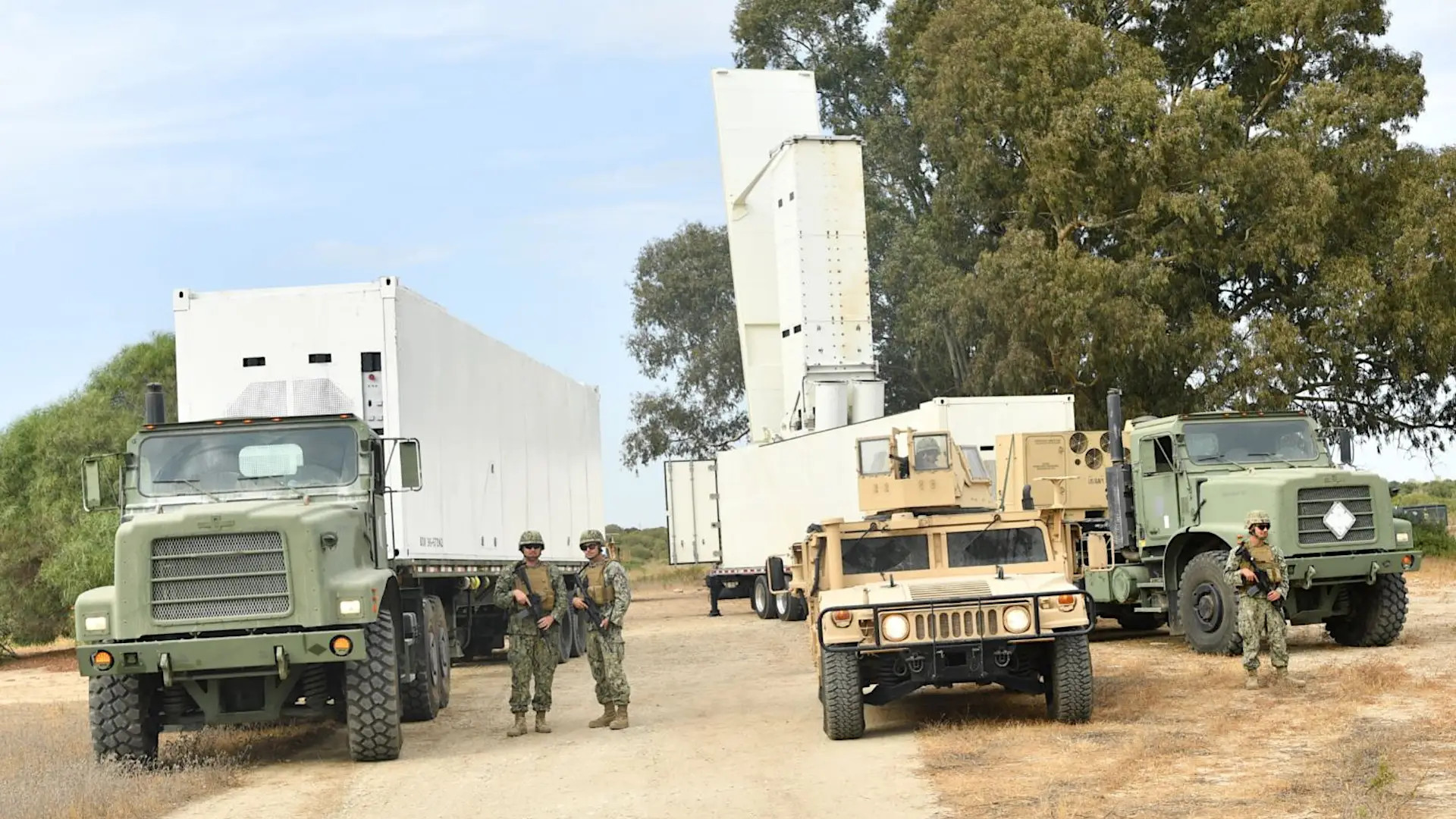
It’s also not clear what the Navy’s specific interest in this combination might be beyond this immediate demonstration. As The War Zone noted when the Northrop Grumman containerized launcher design first emerged, this would offer an additional and highly flexible way to deploy a very capable weapon for conducting suppression and destruction of enemy air defenses (SEAD/DEAD) missions.
A highly-mobile ground-based launcher loaded with AARGM-ERs should be able to readily engage any air defense radars that might pop up within its range and rapidly reposition itself in response to the emergence of new threats. If positioned closer to forward operating areas, the system could potentially swing to action faster than waiting for an aircraft carrying one of these missiles to arrive on scene. As a result, this would create a persistent SEAD/DEAD threat that could keep enemy emitters from turning on, and would require considerable resources to even attempt to neutralize preemptively.
The AGM-88G’s networked nature means that it could also be launched using information from offboard sensors or essentially fired ‘blind’ toward a general and then get updated data on the location of the target in flight. All of this only adds further flexibility, as well as an added degree of unpredictability for enemy forces trying to evade detection and targeting.
This is not the first time a country has developed and fielded a system like this for the same general reasons. In the 1980s and 1990s, the Israeli Defense Forces fielded a truck-mounted launcher for the U.S.-made AGM-78 Standard Anti-Radiation Missile (ARM) called Keres. This was an evolution of a concept that had begun with Sherman tanks modified to fire AGM-45 Shrike anti-radiation missiles, and later AGM-78s, known as Kilshons. Keres was ultimately replaced by Harpy loitering munitions, also known as kamikaze drones, another concept Israel pioneered.
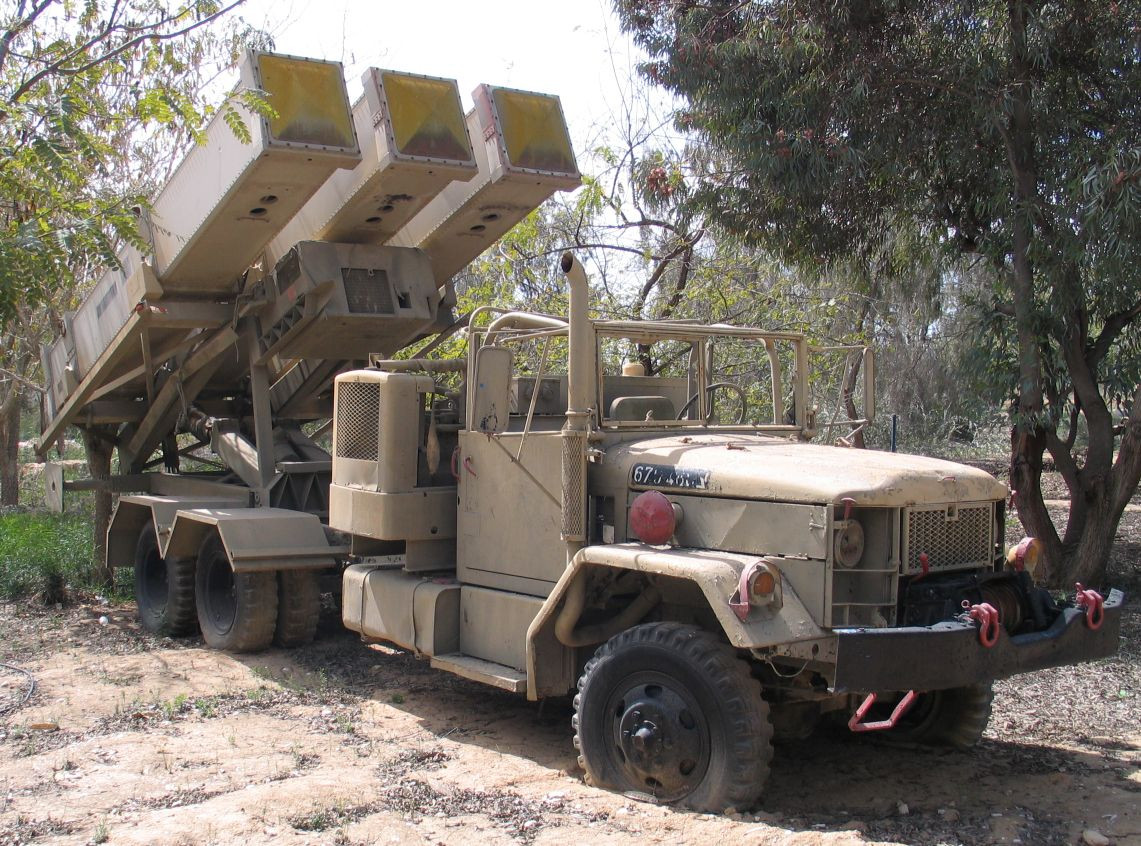
Especially if paired with a containerized launcher, a ground-launched AARGM-ER capability could easily become a broader surface-launched one that could also be employed rapidly from various ships. Even just with AARGM-ER in its initial expected configuration, this combination could give a wide range of vessels a standoff anti-radiation, anti-ship, and land-attack capability all in one.
The Navy has already demonstrated the ability to employ the Mk 70 Mod 1 on an experimental uncrewed ship called Ranger, as well as in a ground-based configuration.
Beyond all this, the AGM-88G’s nascent ability to be used for more general strikes has led to plans and proposals for derivatives better optimized to engage a broader set of targets. This includes an air-launched derivative being developed for the U.S. Air Force’s Stand-in Attack Weapon (SiAW) program and a surface-to-surface one Northrop Grumman has pitched called the Advanced Reactive Strike Missile (AReS). So, demonstrating the ability to launch an AARGM-ER from the ground presents an inherent stepping stone to these other capabilities.
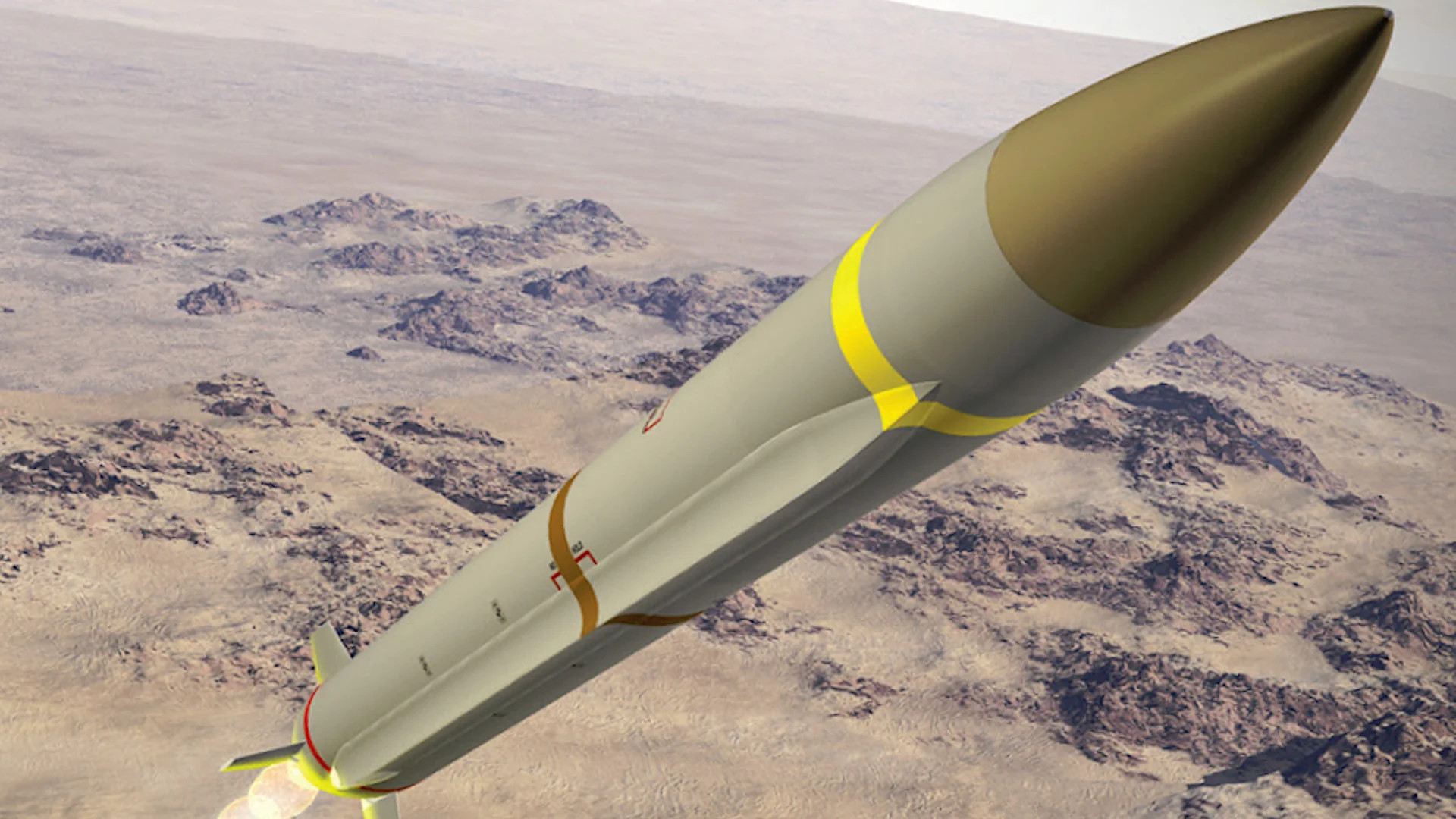
With all this in mind, though the Navy is carrying out the ground-launched AARGM-ER demonstration, it could be of interest to other branches of the U.S. military, especially the U.S. Marine Corps. The Marines are in the midst of a major force restructuring initiative that is paired with new and still-evolving expeditionary and distributed concepts of operations (CONOPS). At their core, the new CONOPS focus heavily on relatively small and readily deployable forces being able to operate effectively with an opponent’s so-called “weapon engagement zones” and still hold various targets at sea and on the ground in that space at risk.
Ground-based stand-off missile systems are a major component of the new Marine CONOPS, and flexible land-based SEAD/DEAD capability would seem to be another good fit. The service is already pushing to acquire dozens of examples of the Navy Marine Expeditionary Ship Interdiction System (NMESIS), a ground-based launcher for the Naval Strike Missile (NSM) anti-ship cruise missile that utilizes an uncrewed derivative of the 4×4 Joint Light Tactical Vehicle (JLTV). NSM, which also has a secondary land-attack capability, is similarly sized to AARGM-ER. This raises the question of whether it might be possible to configure NEMESIS to launch the AGM-88G.
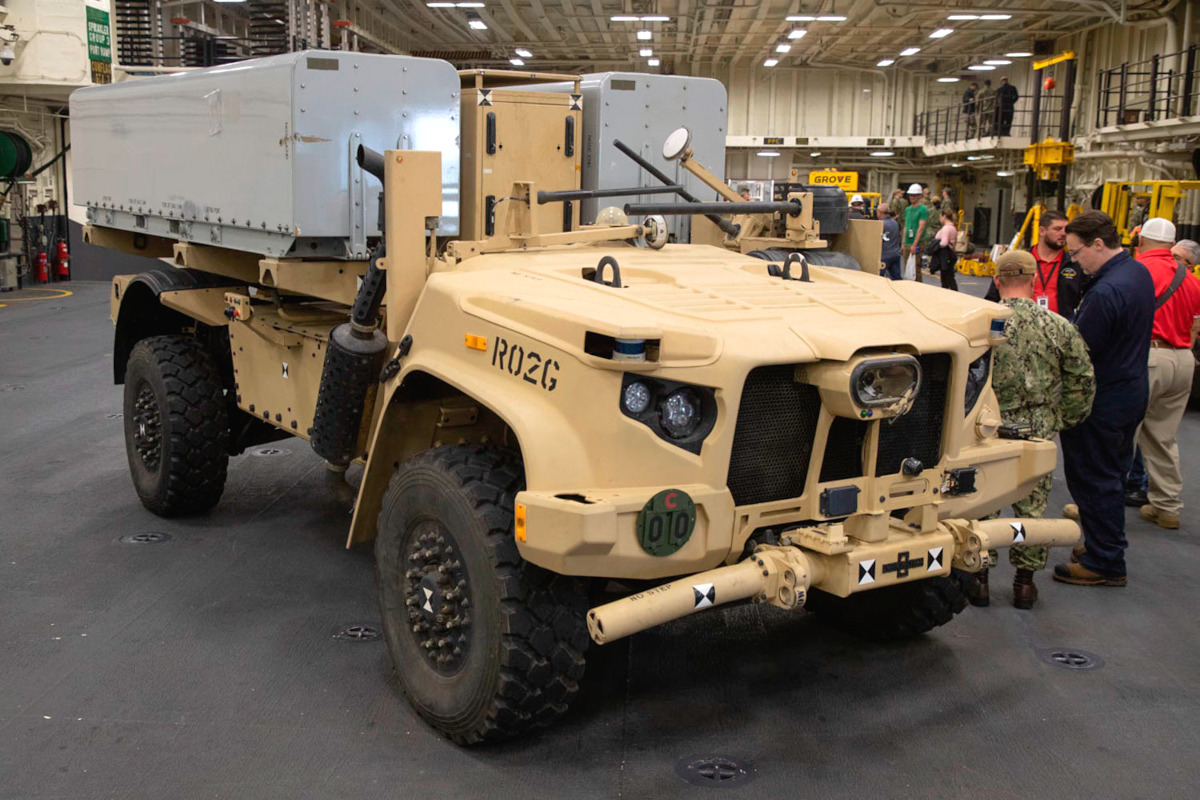
The AGM-88G is already expected to be a highly capable weapon in the air-launched mode. The Navy plans to field the missiles first as an option for its F/A-18E/F Super Hornet fighter jets and EA-18G Growler electronic warfare aircraft by the end of the current Fiscal Year. Variants of the F-35 Joint Strike Fighter operated by the Navy, Marine Corps, and Air Force are set to eventually be able to fire the AARGM-ER, too. However, only the A and C models will be able to carry it internally.
“The P-8 integration is also a study that we’re working to get on contract – actually, I think we are on contract now with that, as well,” NAVAIR’s Capt. Dutko said at the press briefing yesterday. “And we’re going to be looking at the feasibility of integration of AARGM-ER [on] maritime patrol reconnaissance aircraft.”
The P-8A Poseidon, which is derived from the Boeing 737-800 airliner design, is currently able to employ Mk 54 lightweight torpedos, including versions with range-extending wing kits, and AGM-84 Harpoon anti-ship cruise missiles. The Navy has said in the past that it is looking to expand that arsenal to include the AGM-158C Long-Range Anti-Ship Missile (LRASM), the ADM-160 Miniature Air Launched Decoy, and various precision-guided bombs and air-launched naval mines.

Exactly how a P-8A might employ AARGM-ERs is not immediately clear, but it would at least give those aircraft a way to directly prosecute pop-up air defense threats for their own self-protection. This pairing might give the Navy additional launch platforms able to carry more of these missiles at a time across greater distances compared to smaller tactical aircraft in certain lower-to-medium threat scenarios, as well.
The War Zone has outlined a broader detailed case in the past for creating a variant or derivative of the P-8A configured as a multi-purpose arsenal aircraft. Beyond AARGM-ER, a notional ‘RB-8’ could be used as a flexible, persistent, and economical strike and reconnaissance platform capable of employing a wide variety of stand-off weapons, as well as more novel payloads like swarms of air-launched drones.
Both the ground-launched AARGM-ER and the idea of integrating it onto the P-8A – an aircraft that continues to enjoy sales to a growing number of customers – could be very attractive to other military forces around the world, too. Part of the reason for holding this briefing about the AGM-88G ahead of Avalon has to do with Australian interest in the weapon, in general, though that country has no firm plans to buy any currently. The Royal Australian Air Force (RAAF) already operates F/A-18Fs, EA-18Gs, and P-8As, and has AGM-88Es in inventory.
If nothing else, while the U.S. military remains set to field the AGM-88G as an air-launched radar-busting weapon for various tactical aircraft, the Navy is already exploring the possibility that it could be much more than that.
Contact the author: joe@thedrive.com
